Derivative of the exponential function
Categories: exponentials differentiation

In the article what is e?, we stated that:
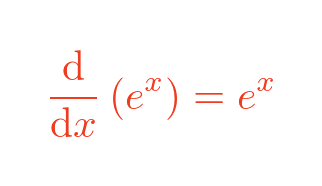
This is an important result. It tells us that the exponential function is its own derivative. This means that we can use it to solve equations where the rate of x change is proportional to the value of x.
In this article, we will prove this result, and look at some of the consequences.
Derivative of the exponential function
To prove the result we will start from first principles. The derivative of a function y = f(x) is given by:

In the case of the exponential function ex, this gives us:
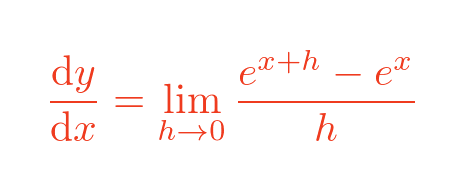
From the rules of exponents we know that ex + h is exeh so we can extract the common factor of ex:
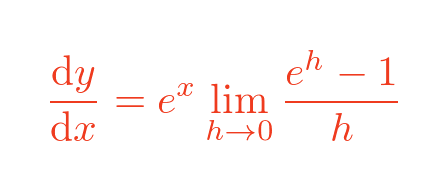
Now let's look at the definition of e we developed in the formula for e article:
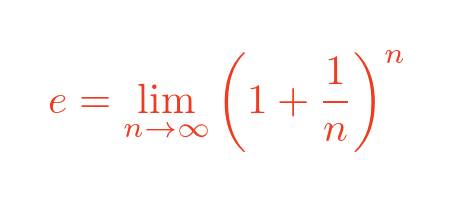
We can substitute the value 1/h = n is this formula:
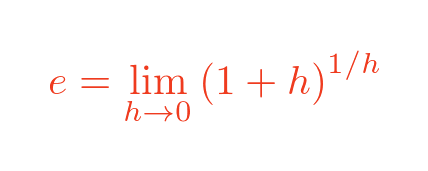
Notice that we have changed the limit. The equation in n applies as n tends to infinity. And n tends to infinity, h = 1/n tends to zero.
We can substitute this value for e into the main equation:

Again from the rules of exoponents we know that (ea)b is eab so we can simplify this term (the power of 1/h and the power of h cancel each other out):

This further simplifies to:

The limit of h/h as h tends to zero is 1, so we get the final result:
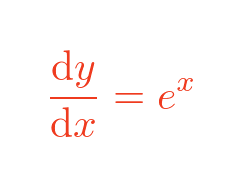
Why e?
You might still be wondering why the magic value of e is involved in this equation. Well if we go back to this equation:

We see that the crucial fact is that the limit term is 1:
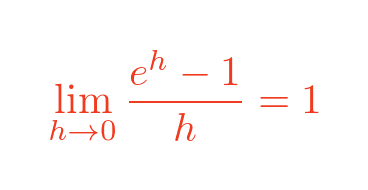
We won't prove it here, but for this limit to be true essentially requires ex to have a slope of 1 at x = 0.
These graphs show exponential functions with bases of 2, e and 5, with a dotted black line of slope 1:
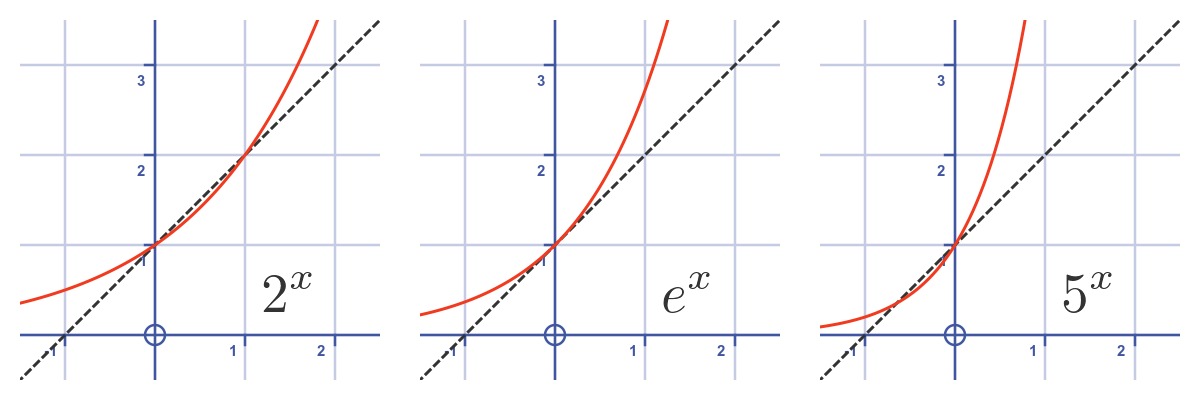
Base e has a slope of 1 when x is zero. Base 2 has a slope of less than 1, base 5 has a slope of greater than 1.
A new definition of e
We can now provide an alternative definition of e:
e is the base value for which the function a to the power x has a slope of 1 when x is zero.
Given this new definition, it is a lot easier to understand why e has such special properties.
But why is this definition valid? If you recall the article formula for e, our starting point was a bank account that paid 100% per year. So £1 turned into £2 in the first year, giving a slope of £1/year.
We deliberately set the slope to 1, and the value of e arose out of that initial condition.
If we draw an exponential function with a slope of 1 at x = 0, that function will have a base of e. This is similar to saying that if you draw a circle of radius 1 it will have an area of pi.
The value e, like pi, is what it is - a strange irrational number that arises out of a simple situation.
Integration
Since the derivative of ex is ex, it follows that the integral is also ex.
More precisely, the indefinite integral of ex is:
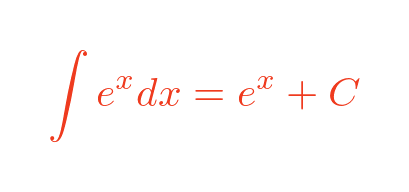
Where C is the constant of integration.
Since the function tends to zero as x tends to minus infinity, we have the following definite integral:
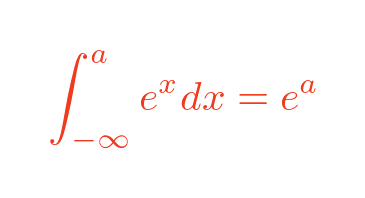
In other words, the area under the curve from a, stretching back to minus infinity, is e to the power a*. This is shown graphically here:
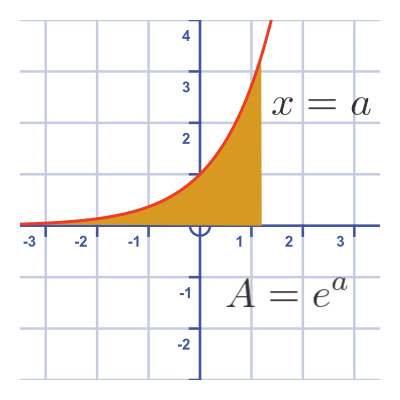
The area A under the curve is equal to the value of the curve
See also

Join the GraphicMaths Newletter
Sign up using this form to receive an email when new content is added:
Popular tags
adder adjacency matrix alu and gate angle answers area argand diagram binary maths cartesian equation chain rule chord circle cofactor combinations complex modulus complex polygon complex power complex root cosh cosine cosine rule cpu cube decagon demorgans law derivative determinant diagonal directrix dodecagon eigenvalue eigenvector ellipse equilateral triangle euler eulers formula exercises exponent exponential exterior angle first principles flip-flop focus gabriels horn gradient graph hendecagon heptagon hexagon horizontal hyperbola hyperbolic function hyperbolic functions infinity integration by parts integration by substitution interior angle inverse hyperbolic function inverse matrix irrational irregular polygon isosceles trapezium isosceles triangle kite koch curve l system line integral locus maclaurin series major axis matrix matrix algebra mean minor axis n choose r nand gate newton raphson method nonagon nor gate normal normal distribution not gate octagon or gate parabola parallelogram parametric equation pentagon perimeter permutations polar coordinates polynomial power probability probability distribution product rule proof pythagoras proof quadrilateral questions radians radius rectangle regular polygon rhombus root sech segment set set-reset flip-flop sine sine rule sinh sloping lines solving equations solving triangles square standard curves standard deviation star polygon statistics straight line graphs surface of revolution symmetry tangent tanh transformation transformations trapezium triangle turtle graphics variance vertical volume volume of revolution xnor gate xor gate